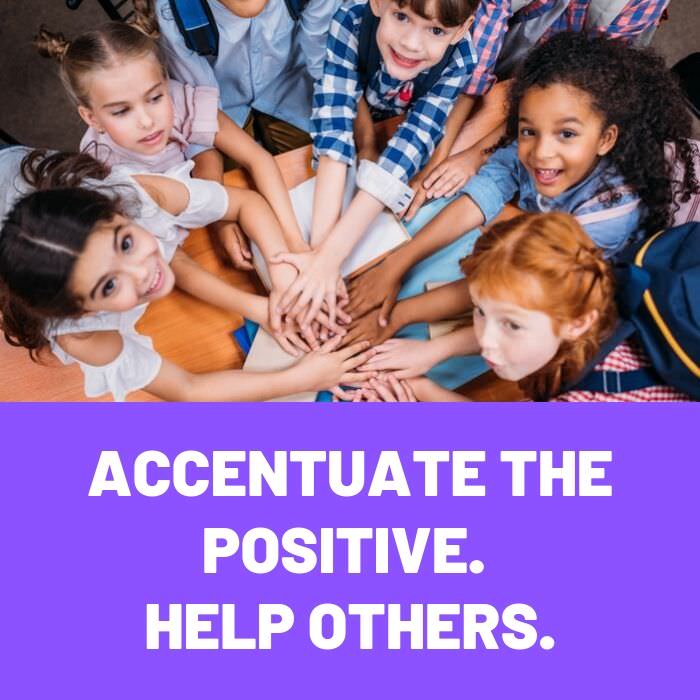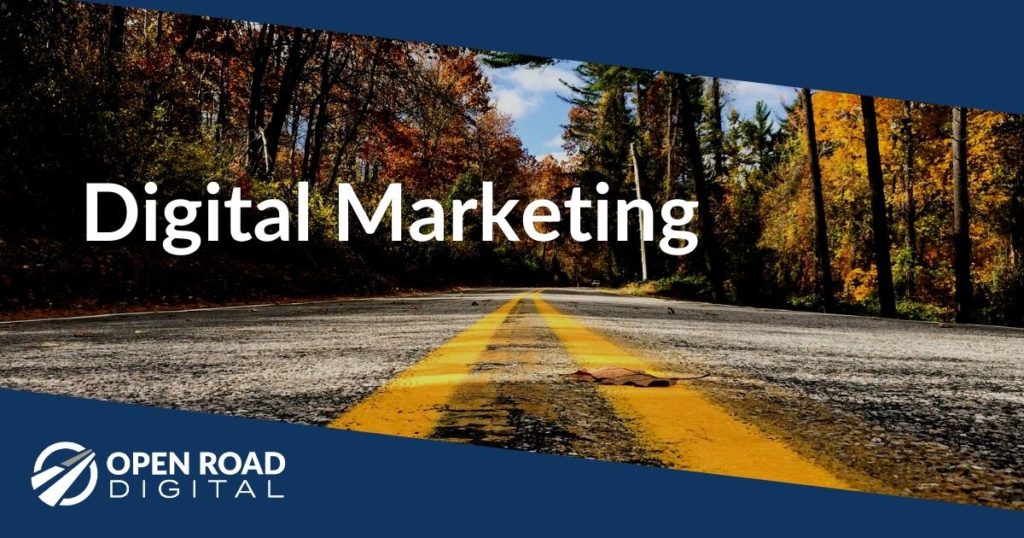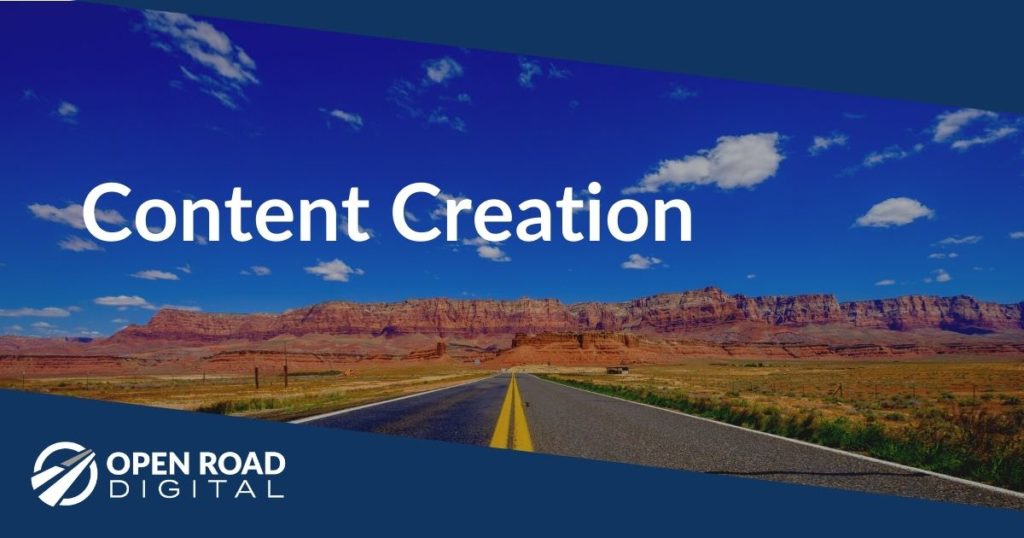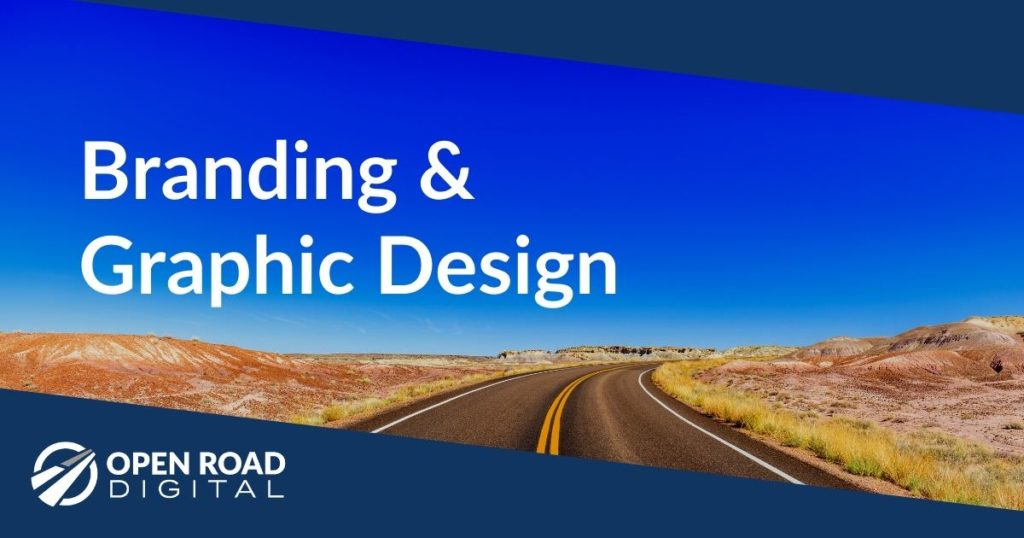Listening. Or put another way: Paying Attention to Others.
Not only is this the best way to get value out of social and digital media and build a valuable audience, it’s the way things work now. The broadcast era is long gone.
Let’s put this in personal terms:
It’s aggravating: We go to a social media platform and share something – an article, a blog post we wrote, an infographic, or worse, an announcement about our own business that is important to us. And it’s crickets – (almost) no one pays attention.
But honestly, why expect more? Things don’t work that way anymore. No one is waiting around for your message to appear on their screen. This is not a primetime show in the old days of tv, when a limited number of channels were broadcasting to captive audiences.
If we say that we like to follow the Golden Rule (“Do Unto Others”), are we really expecting everyone to listen to us when we aren’t doing the same to them?
If we say that we like to follow the Golden Rule (“Do Unto Others”), are we really expecting everyone to listen to us when we aren’t doing the same to them?
I’ve heard it countless times from colleagues, co-workers, clients, prospective clients, professionals, fellow marketers … the pain of not being heard in the digital marketplace. Believe me, I feel it too.
It would help if we remember something: it’s called Social media, not Broadcast media.
It’s Social Media, Not Broadcast Media
Before we get depressed about this state of affairs, it helps to remember something:

We should all be grateful that, very quickly and at low cost, we can blog, vlog, podcast, publish, and comment. There used to be a day where you had to wait 20 years or so in order to be recognized as an expert in a given field. That was part of the “cost” of being a thought leader: paying your dues over many, many years. But once you reached that level, you kind of had it made. There were a few number of thought leaders for very large captive audiences.
Why? It’s pretty simple: there were very few media outlets. A few national tv networks, a couple of local tv channels, radio, newspapers, magazines. That’s it. If you had a column or show on one of these, you were RECOGNIZED. You did your thing, presented your message, and everyone consumed it.
Then the internet happened. Then broadband. Then social media and smartphones. Now the channel selection is endless, which means anyone can PRODUCE. But it’s at a cost: you are now not guaranteed eyeballs on your content. We live in a world of infinite niche channels, with very few people enjoying “broadcast” status.
Build An Audience on Social Media, Gain a Community, and Learn

So let’s say you are producing content – blog posts, white papers, videos, and the like. Great. But you share, and where’s the audience?
Most people aren’t a Kardashian, or a rock star, or a politician, so they don’t have a huge built-in audience who will follow their every word on social media. (And it helps to remember that these broadcast stars earned their audiences through hard work in other media.)
So how does this Listening thing work?
1. Start with Great Content – Notably Your Own
Great content does earn more followers. You can see it on all forms of social media. For example, there are people who are brilliant at expressing themselves using Twitter’s short-form content format. So people follow them because they are funny, insightful, personal, outrageous.
Your content may not be particularly exciting for everyone. But “everyone” doesn’t matter anymore.
Write about your niche, for your niche. Keep it focused and relevant to specific audiences.
The truth is, for most of us, we don’t need a huge audience. That’s so 1981 (yes, I’m hearkening back to the pre-cable tv days). Instead, we need to present to and engage with our niche(s).
The point is, we all have target markets, clients, customers, audiences. Write about your niche, for your niche. Keep it focused and relevant to specific audiences. And you’ll find that you start to make progress building an audience that features quality, not quantity.
When you start to write or produce content such as infographics or videos, you will develop new skills and learn about your industry and your customers. You will also develop an appreciation for those who listen to you – or read your content. That brings us to …
2. Listen to People, Gain a Network
Now that you’re focusing on your niche, you can start identifying the people who are important to you. Are you envious of the “footprint” that others have in your niche? Turn that envy into something constructive: follow them, engage with them, act like them. If you do, you’ll end up being like them, which is something you envy, right?

Remember: I’m not saying you have to listen to the entire world. On social media (Twitter, LinkedIn), if your business is about Widgets and if you only tweet about Politics, you aren’t going to get far. Instead, focus on your goals. Listen to your prospects, your existing clients, and to those you admire and value in your industry or profession.
On a slightly tangential but related note:
Here’s something everyone hates: Being sold to. When you are “sold to” it implies that the person on the other side is “pitching” to you without having taken the time to get to know you, your profession, your circumstances, even your personality. On the other hand, we’ve all bought things from people (sometimes at great price) and loved our purchases. In these cases, we hand over our money because we see value in the exchange, and that usually means that the person or company on the other side of the transaction “understands” us. And you understand by listening.
So, as you explore your target audiences/niches, start listening to them. Learn from them. What you will find is that you don’t so much create an Audience as you develop a Community.
3. Keep an Ear Out for Opportunities
Before social media and digital life, people used to network and “keep an ear to the ground” for opportunities. That hasn’t changed. So-called IRL (“in real life”) activities are still crucial. You can’t spend your life behind a screen and be successful.

But, by not expanding the classic IRL “listening mode” into digital life, an opportunity is missed. If you go online to your social networks and spend a small amount of time paying attention to others, you’ll end up “liking” numerous posts from others in your network. Remember: when you “like” someone’s LinkedIn post, for example, they will get a notification that you did so. They will be reminded of you. It’s digital networking, not IRL, but it still is networking.
If you like others’ content 50 times each month (which is easy to do with a little attention each day), that means that each year you are engaging with your audience and network 600 times over the course of a year. If you never do it, you’re missing out on 600 interactions. Some of those can turn to opportunities and business.
4. Express Yourself, in a Community Sort of Way
Now that you’re getting to know your audience – the people, the companies, the issues and opinions – you can start to express yourself.
I have a big rule when it comes to expressing yourself: NO SARCASM.

One of the things I can’t stand about today’s society is that sarcasm now seems to be something we place great value in. But it’s important to understand the root of the word “sarcasm”: it comes from the Greek “to rend or tear flesh” or “sneer.” Is that what we need? No.
The second big rule is: Keep it positive and constructive. These days, when someone else writes and publishes an article, they are waiting for the vultures to come out and nitpick and criticize their work. Don’t be that person. Offer up some viewpoints, and if you have other views, keep it constructive and respectful. You never know, that person might start following YOU. Even if they don’t, you will begin to develop your own Voice and become a valued member of your community.
5. Give Others Some Social Value
When you’ve trained yourself to listen more and appreciate others’ work and content, you can go one step further: help them expand THEIR audience. You can do this through sharing others’ blog articles and by tagging others in your own social media and publishing communications.
When you think of others and include them in your online activity, you are showing that you have listened to them and understand them. And they will appreciate it. Gradually, others will do the same for you, not out of a crude tit-for-tat arrangement, but because they genuinely appreciate you and your work.
6. The Broadcast Option: Pay For Those Eyeballs
Although the Age of Broadcast is gone, I can’t end this article without stating that, yes, you can broadcast your content, but you do that by paying for it. Facebook, Twitter, LinkedIn – they are all more than happy to take your money in order to place your content in front of their networks.
Paid (“promoted”) distribution like this can work charms, but again, only if your content is relevant and interesting. And you create relevant, interesting content by listening and knowing your audience. Listening is an inescapable part of digital and social media marketing!
We’d get more out of social media if we did more of it.
Feature photo by Mohammad Metri on Unsplash




